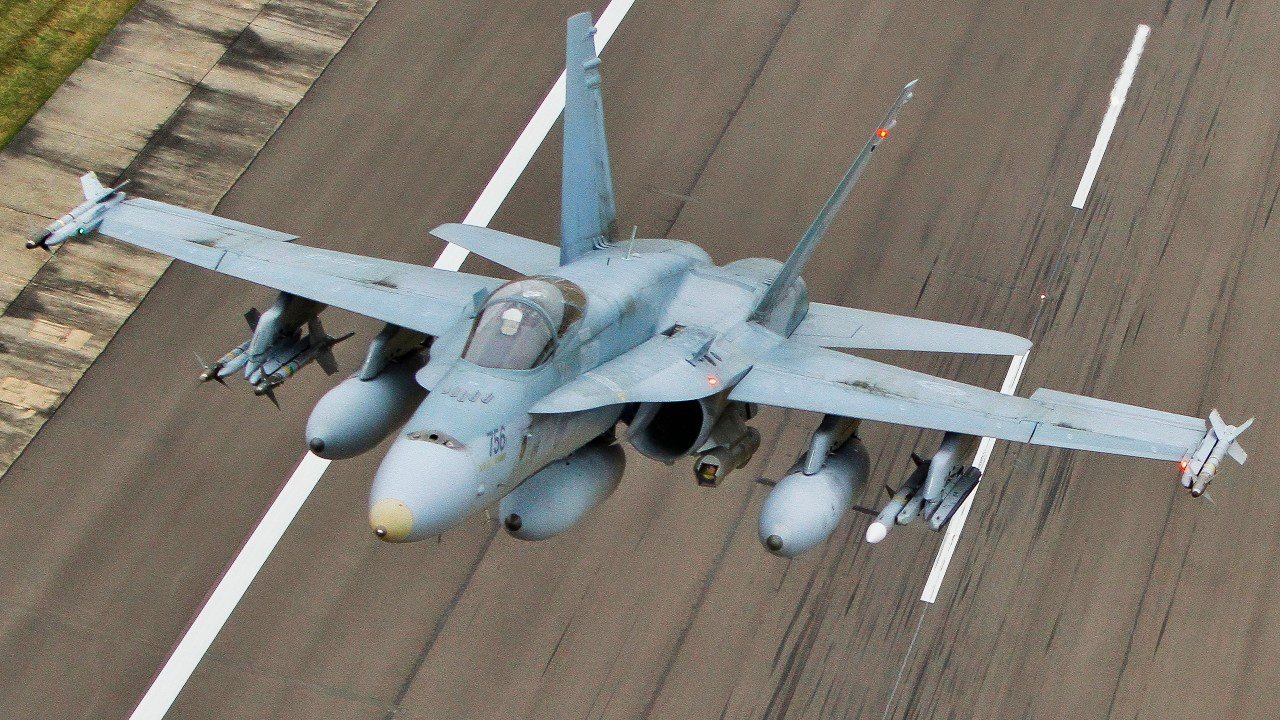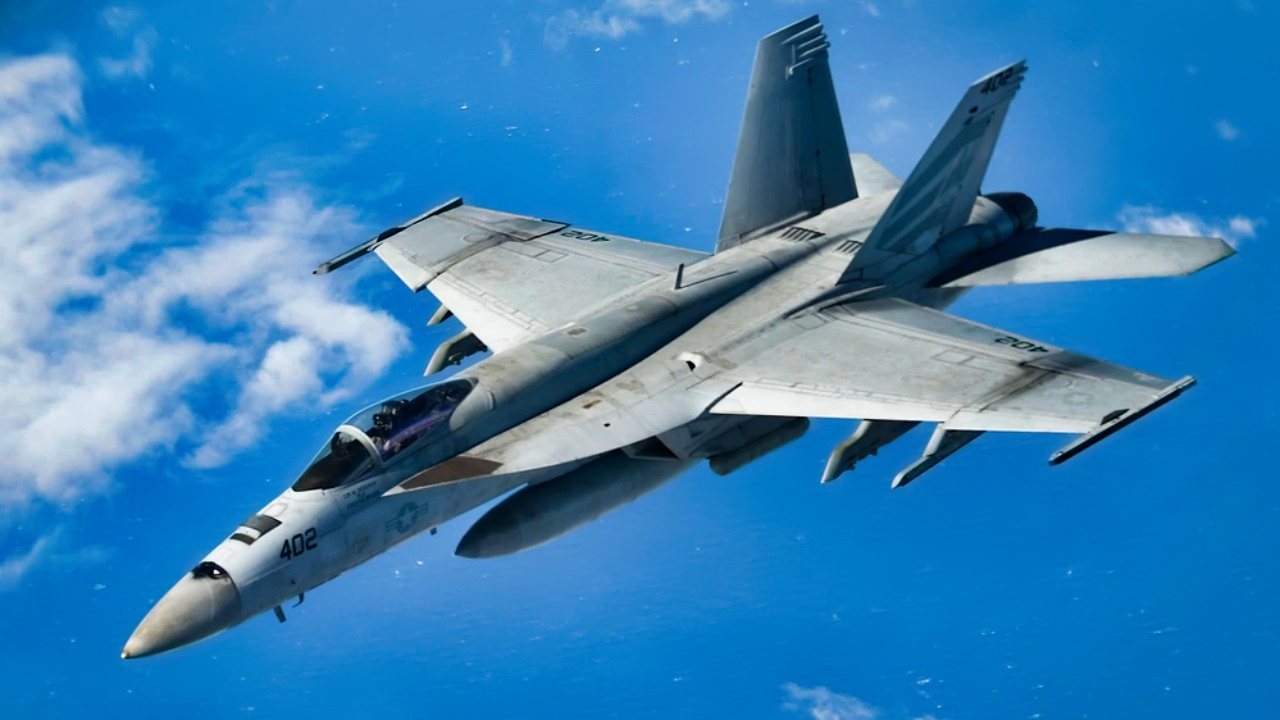The Navy's F/A-18E/F Super Hornet Fighter Now Has the 'Stormbreaker'
The F/A-18E/F Super Hornet, a mainstay of the U.S. Navy, has recently been enhanced with a significant capability upgrade, making it the first carrier-based aircraft to deploy the SDB-II, also known as the StormBreaker.
Summary: The F/A-18E/F Super Hornet, a mainstay of the U.S. Navy, has recently been enhanced with a significant capability upgrade, making it the first carrier-based aircraft to deploy the SDB-II, also known as the StormBreaker. This 250-pound precision-strike weapon is designed to handle adverse weather conditions and dynamic targeting scenarios, thanks to its tri-mode seeker that integrates infrared, millimeter wave radar, and GPS/INS systems.

Revolutionizing Air Combat: Super Hornet Equipped with SDB-II
The F/A-18E/F Super Hornet has been the U.S. Navy’s workhorse aircraft for a quarter-century. The Super Hornet – the upgraded and enlarged version of the F/A-18 Hornet – is set to continue in that role for decades to come.
A new capability gives the Super Hornet a sting unlike any other carrier-based aircraft.
The Navy announced this month that the Super Hornet is the first platform able to carry the SDB-II. Armed with this munition, the multirole fighter can hit moving targets in harsh weather and handle targeting in dynamic scenarios.
The SDB II reached Early Operational Capability in October.
"The Navy and Air Force team, along with the test community and fleet stakeholders, worked relentlessly to expedite the fielding of this weapon," explained Tyler Alt, Navy SDB-II program manager. "This weapon will give our warfighters a much-needed capability and provide the basis for future network enabled weapons."
The team will complete two additional operational test events before achieving Initial Operational Capability in 2024.
Meet the SDB II – The StormBreaker
The Small Diameter Bomb Increment II, or Ground Bomb Unit-53B "StormBreaker," is a 250-pound, air-launched, precision-strike weapon that uses deployable wings to reach standoff range.
The StormBreaker can operate in adverse weather conditions thanks to a tri-mode seeker that employs infrared and millimeter wave radar to see through fog, smoke, and rain. It has GPS/INS (Inertial Navigation System) to guide it to the vicinity of a moving target.
The standoff weapon can receive updated target coordinates mid-flight via two-way datalink communications. For precise guidance in adverse weather, the SDB II turns to the millimeter-wave radar component of the multi-mode seeker.
These network options allow airborne or ground controllers to send in-flight target updates, and to abort a mission post-release when necessary.
The SDB II incorporates a multi-function warhead – blast, fragmentation, and shaped-charge jet – designed to defeat armored and non-armored targets. The weapon can further be set to initiate on impact, at a preset height above the intended target, or in a delayed mode.

SDB-II is a Joint-Interest, Air Force-led program and is fielded on the Air Force's F-15E Strike Eagle. The SDB-II will also be compatible with and fielded on F-16C/D Fighting Falcon, F-35 Lightning II, B-1B Lancer, B-2 Spirit, B-52 Stratofortress, A-10 Thunderbolt II, and AC-130 aircraft, as well as on the MQ-9 unmanned aerial vehicle.
The Navy component of the SDB-II program is executed by the Precision Strike Weapons Program Office.
Author Experience and Expertise: Peter Suciu
Peter Suciu is a Michigan-based writer. He has contributed to more than four dozen magazines, newspapers, and websites with over 3,200 published pieces over a twenty-year career in journalism. He regularly writes about military hardware, firearms history, cybersecurity, politics, and international affairs. Peter is also a Contributing Writer for Forbes and Clearance Jobs. You can follow him on Twitter: @PeterSuciu.
You can email the author: [email protected].
All images are Shutterstock.


